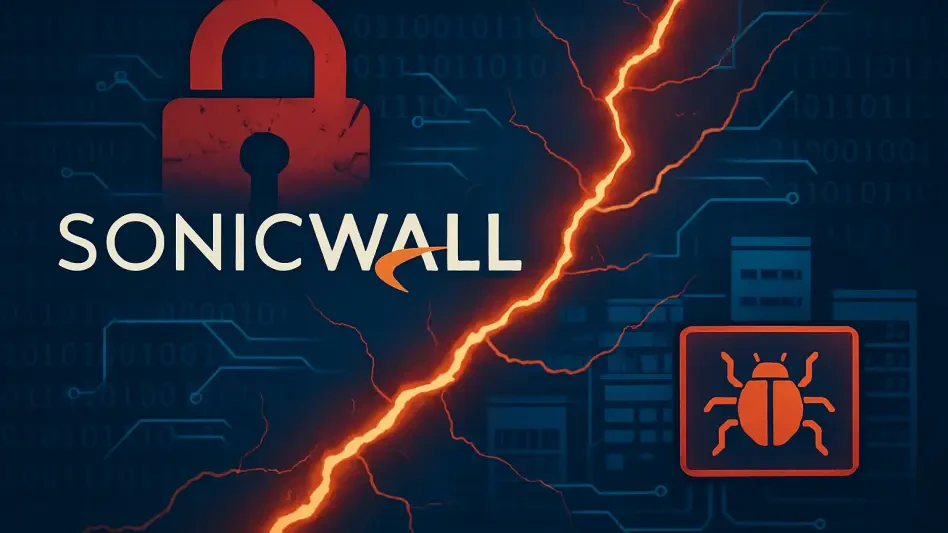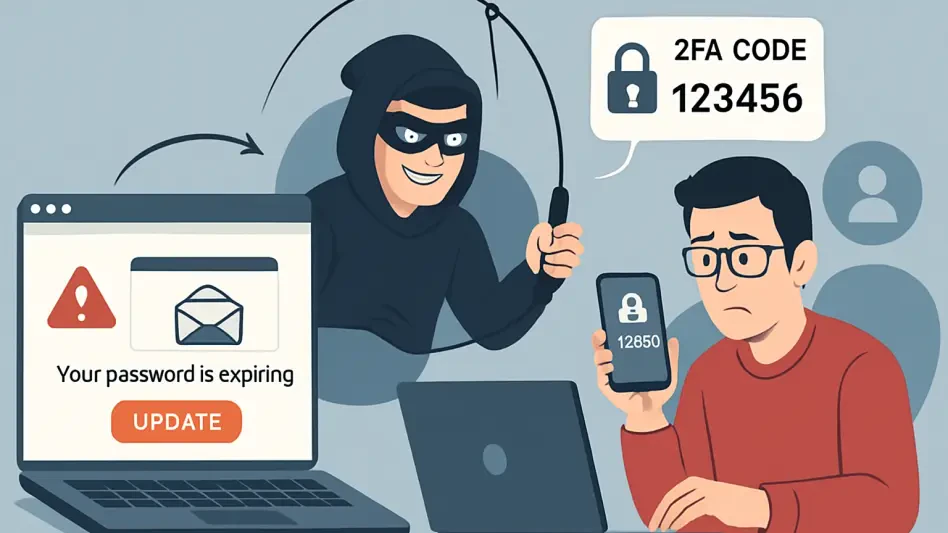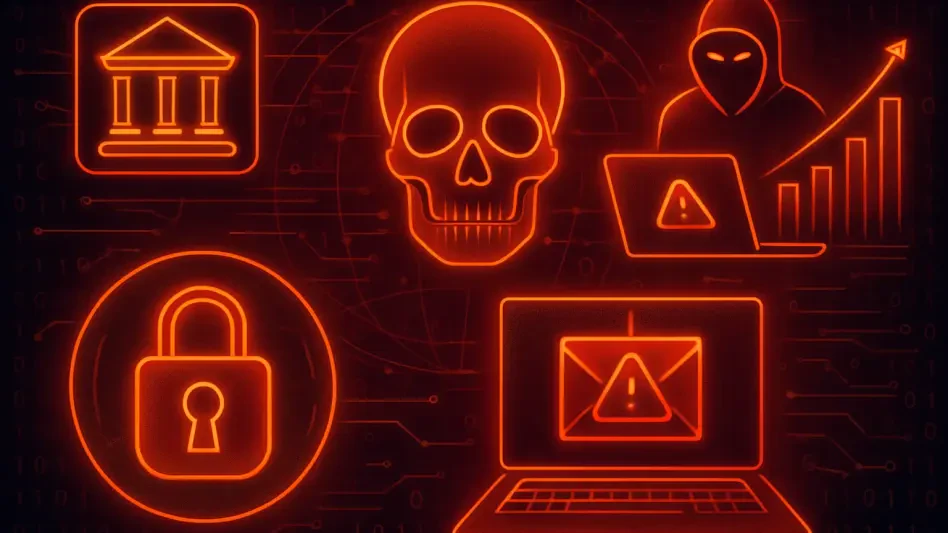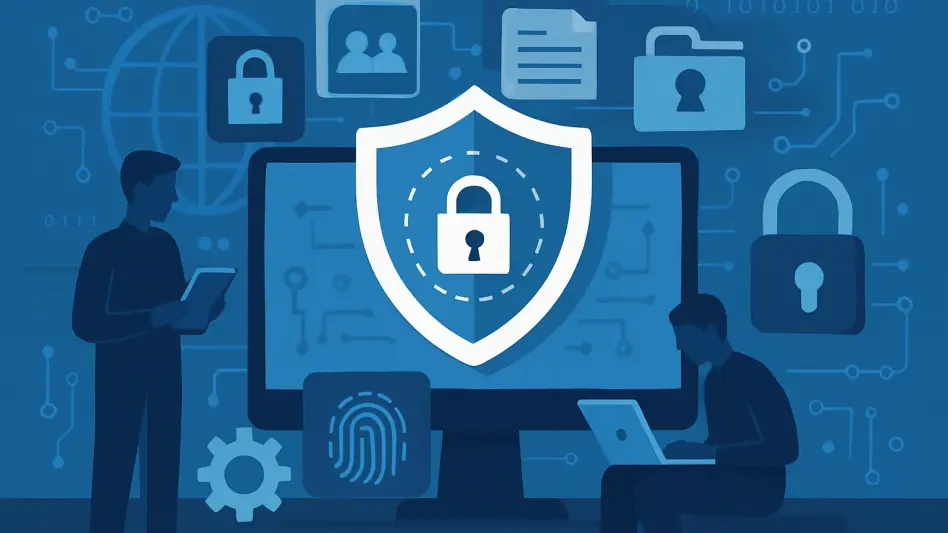In a startling revelation that has sent ripples through the cybersecurity community, SonicWall, a prominent player in network security solutions, has issued an urgent advisory to all its customers following the exposure of sensitive configuration backup files on public storage. This breach, uncovered by vigilant security researchers, has potentially compromised encrypted passwords, pre-shared keys, and TLS certificates associated with SonicOS appliances, posing a significant threat to organizational security. Such exposure could enable malicious actors to decrypt these credentials and gain unauthorized access to networks. The implications of this incident underscore the critical importance of robust data protection measures in an era where cyber threats are increasingly sophisticated. SonicWall has responded swiftly, providing a comprehensive plan to mitigate risks and urging immediate action to safeguard affected systems. This advisory serves as a stark reminder of the ever-present vulnerabilities in digital infrastructure.
1. Understanding the Scope of the Data Breach
The exposure of MySonicWall configuration backup files represents a severe lapse in data security that could have far-reaching consequences for users of SonicOS appliances. These files, inadvertently made accessible on public storage, contain sensitive information that, if exploited, could allow attackers to infiltrate networks with relative ease. The encrypted passwords, pre-shared keys, and TLS certificates within these backups are critical components of secure network operations, and their exposure creates a direct pathway for unauthorized access. SonicWall has acknowledged the gravity of this situation, emphasizing that threat actors could decrypt these credentials if they possess the necessary tools and expertise. This breach highlights the vulnerabilities inherent in storing sensitive data without adequate safeguards, prompting a reevaluation of how such information is handled and protected. Customers are now faced with the urgent task of addressing this exposure to prevent potential exploitation and maintain the integrity of their systems.
Compounding the issue is the potential scale of the impact, as SonicWall appliances are widely used across various industries to secure network perimeters. The publicly accessible nature of the compromised backup files means that any malicious entity with knowledge of the exposure could attempt to exploit the data. This incident serves as a critical wake-up call for organizations to scrutinize their data storage practices, especially when dealing with configuration backups that hold the keys to network security. SonicWall’s immediate response has been to outline a structured approach to mitigate the risk, but the responsibility also falls on administrators to act swiftly. The breach not only threatens individual organizations but also raises broader concerns about the security protocols of technology providers. As cybercriminals become more adept at identifying and exploiting such vulnerabilities, the need for stringent security measures has never been more apparent.
2. Critical Steps for Containment and Remediation
SonicWall has provided a detailed roadmap for containment, starting with the immediate lockdown of WAN-facing management services to minimize exposure. Administrators are advised to disable HTTP/HTTPS and SSH management options on WAN interfaces by navigating to the appropriate settings within the SonicOS interface. Additionally, services such as SSL VPN and IPsec VPN should be temporarily turned off to prevent unauthorized access during the remediation process. Disabling SNMP v3 access is also recommended to avoid the risk of exposing critical system information through unauthorized commands. Further protective measures include restricting inbound NAT and access rules to trusted IP addresses, ensuring that attackers cannot reconnect even after credentials are changed. SonicOS versions 6.5.5.1 and 7.3.0 offer dynamic enforcement options that block user accounts until new passwords are set, adding an extra layer of security during this critical period.
Once containment measures are in place, the focus shifts to credential reset and remediation to restore secure operations. This involves resetting passwords for all local users, re-enrolling TOTP bindings, and updating bind account passwords on external authentication servers like LDAP, RADIUS, and TACACS+. Shared secrets must be rotated with strong SHA-256-hashed values, and IPsec VPN pre-shared keys for site-to-site tunnels and GroupVPN need replacement with AES-256 encrypted secrets, coordinated with remote gateways. Credentials for WAN interfaces, including L2TP, PPPoE, and cellular WWAN, should be refreshed in collaboration with ISPs. Accounts tied to dynamic DNS, email log automation, and other services must also have their passwords updated to prevent disruptions. SonicWall’s guidance extends to updating encryption keys in the Global Management System, ensuring all aspects of the network are secured. After these steps, services should be re-enabled gradually, with successful login tests and SSH key rotations confirming the effectiveness of the remediation.
3. Ongoing Monitoring and Future Safeguards
Post-remediation, continuous monitoring becomes paramount to detect any lingering threats or anomalies resulting from the exposure. Administrators are encouraged to regularly review system and audit logs, focusing on repeated authentication failures or unexpected configuration changes that could indicate attempted breaches. Exporting logs to CSV format for detailed analysis can help uncover subtle patterns of malicious activity. Leveraging SIEM integrations with Syslog over TLS 1.2 ensures secure log forwarding and enhances the ability to respond to threats in real time. This proactive approach to monitoring is essential for maintaining the integrity of SonicWall environments, especially after such a significant data exposure. Organizations must remain vigilant, as the fallout from this breach could manifest in delayed or sophisticated attacks that exploit any remaining vulnerabilities.
Looking ahead, this incident underscores the need for robust policies to prevent similar exposures in the future. Implementing stricter controls over how configuration backups are stored and accessed is a critical step toward safeguarding sensitive data. SonicWall customers who relied on automated workflows are reminded to update scripts with new credentials to avoid operational hiccups. The breach serves as a catalyst for reevaluating data protection strategies across the board, pushing for enhanced encryption and access controls. As cyber threats continue to evolve, adopting a mindset of continuous improvement in security practices proves vital. The lessons learned from this event prompt a renewed focus on proactive defense mechanisms, ensuring that network perimeters remain fortified against exploitation. By taking these actionable steps, organizations reinforce their resilience against potential threats that emerge from the exposed configuration backups.








